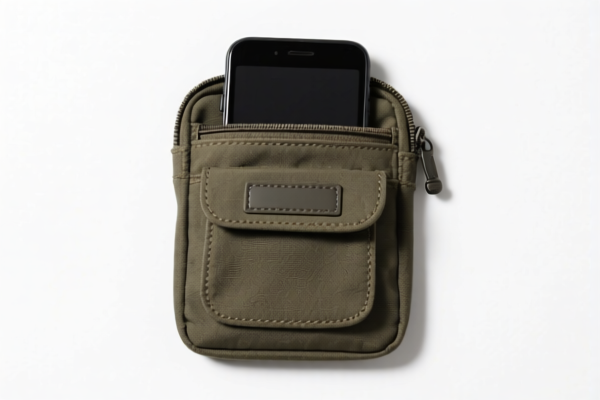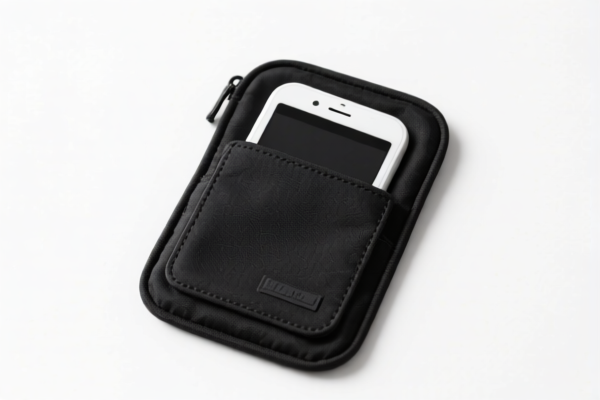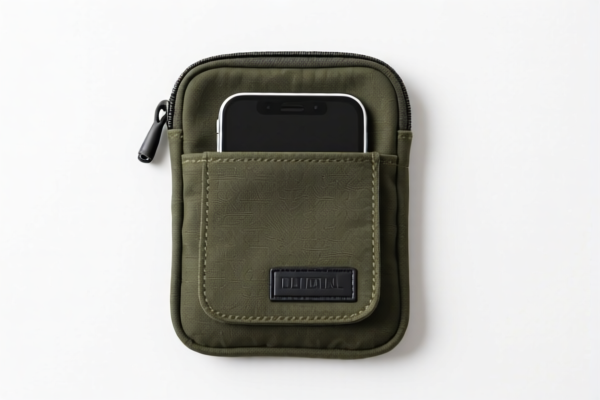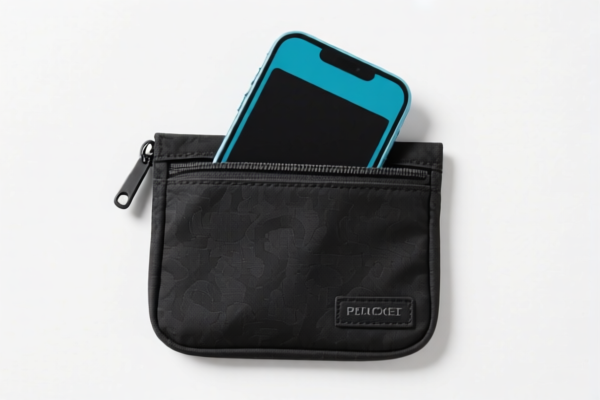| HS Code | Official Doc | Tariff Rate | Origin | Destination | Effective Date |
|---|---|---|---|---|---|
| 5601300000 | Doc | 55.0% | CN | US | 2025-05-12 |
| 5601290090 | Doc | 59.0% | CN | US | 2025-05-12 |
| 5602909000 | Doc | 52.9¢/kg + 8%+55.0% | CN | US | 2025-05-12 |
| 5602290000 | Doc | 61.3% | CN | US | 2025-05-12 |
| 6305900000 | Doc | 43.7% | CN | US | 2025-05-12 |
| 6305390000 | Doc | 45.9% | CN | US | 2025-05-12 |
| 6815994170 | Doc | 55.0% | CN | US | 2025-05-12 |
| 6815994110 | Doc | 55.0% | CN | US | 2025-05-12 |
| 8421390115 | Doc | 55.0% | CN | US | 2025-05-12 |
| 8421390160 | Doc | 55.0% | CN | US | 2025-05-12 |
| 3926904510 | Doc | 58.5% | CN | US | 2025-05-12 |
| 3926909910 | Doc | 42.8% | CN | US | 2025-05-12 |
| 3923900080 | Doc | 58.0% | CN | US | 2025-05-12 |




Pocket Filter
A pocket filter is a type of disposable air filter commonly used in HVAC systems to improve indoor air quality. They are characterized by their simple construction – typically a pleated or flat panel of filter media held within a cardboard or metal frame, resembling a pocket.
Material:
- Media: Commonly made from synthetic materials like polyester, polypropylene, or a blend of these. These materials capture airborne particles. Higher efficiency filters may incorporate multiple layers or utilize electrostatic charge to enhance particle capture.
- Frame: Usually constructed from cardboard or thin metal. Cardboard frames are more common for lower-cost, disposable filters, while metal frames offer greater durability and are often found in reusable filters.
Purpose:
The primary purpose of a pocket filter is to remove particulate matter from the air stream, protecting the HVAC system's components (blower, coils, etc.) from dust, dirt, pollen, and other debris. This improves system efficiency and lifespan. Additionally, they contribute to cleaner indoor air by reducing the concentration of airborne pollutants.
Function:
Pocket filters function through mechanical filtration. Air passes through the filter media, and particles are trapped within the fibers due to their size and shape. The pleated design increases the surface area of the filter, enhancing its ability to capture particles. Some filters utilize electrostatic charge to attract and hold particles.
Usage Scenarios:
- Residential HVAC systems: The most common application, used in furnaces, air conditioners, and air handling units.
- Commercial HVAC systems: Found in office buildings, schools, hospitals, and other commercial settings.
- Pre-filtration: Used as a first stage of filtration to remove larger particles before more advanced filters (e.g., HEPA filters).
- Dust collection systems: Can be used in workshops or industrial settings to capture dust and debris.
Common Types:
- Pleated Filters: The most common type, offering a good balance of efficiency and cost. The pleats increase surface area for better particle capture. MERV (Minimum Efficiency Reporting Value) ratings typically range from 1-13.
- Flat Panel Filters: Simpler and less expensive than pleated filters. They have lower efficiency and are typically used for basic dust removal. MERV ratings are generally lower, around 1-4.
- Washable Filters: Made from materials that can be cleaned and reused. These filters are less effective at capturing small particles but can reduce waste.
- Electrostatic Filters: Utilize electrostatic charge to attract and hold particles. They can offer higher efficiency than standard filters but may require periodic cleaning.
- High-Efficiency Pocket Filters: Designed for superior particle capture, often used in hospitals, cleanrooms, and other environments requiring high air quality. MERV ratings can range from 14-20.
Pocket filters are filtering or purifying machinery and apparatus for gases, specifically dust collection and air purification equipment. Here are the relevant HS codes based on the provided reference material:
- 8421.39.01.15: This HS code falls under Chapter 84 (Nuclear reactors, boilers, machinery and mechanical appliances; parts thereof) and specifically addresses filtering or purifying machinery and apparatus for gases. The subheading .39 denotes “Filtering or purifying machinery and apparatus for gases”, while .01.15 further specifies “Dust collection and air purification equipment: Other”.
- 8421.39.01.60: Also within Chapter 84, this HS code covers filtering or purifying machinery and apparatus for gases (.39), with .01.60 pinpointing “Other Other: Pneumatic fluid power filters, rated at
550 kPa or greater”.
Regarding HS code 8421.39.01.15 and 8421.39.01.60, these are classified as machinery and mechanical appliances for filtering or purifying gases, commonly used in industrial settings for air purification and dust collection.
According to the provided reference material, the HS code options related to 'pocket filter' are limited, with only the following 2 found.
Customer Reviews
No reviews yet.